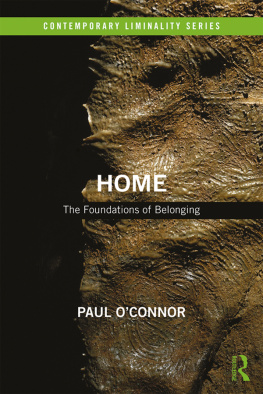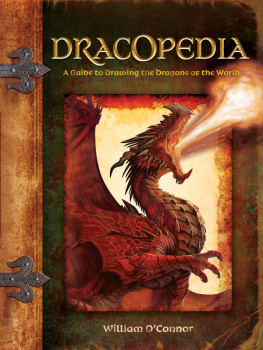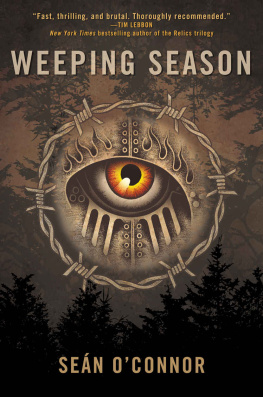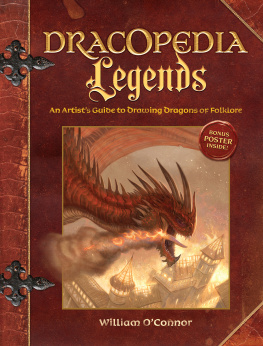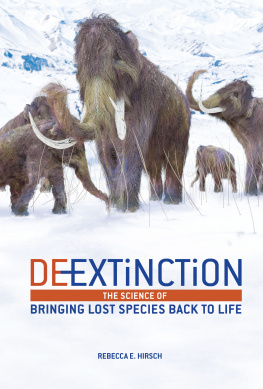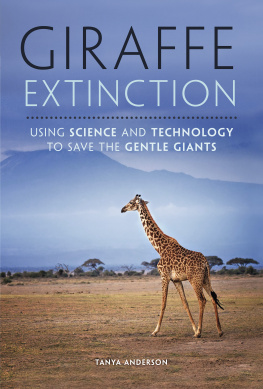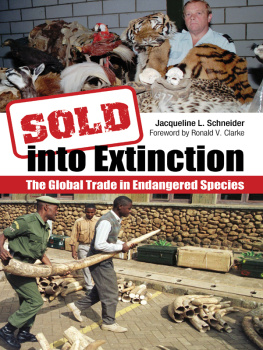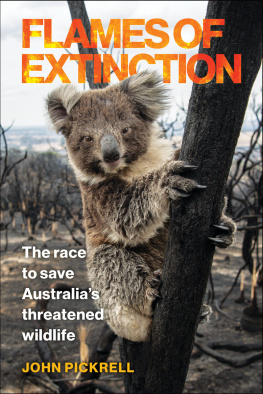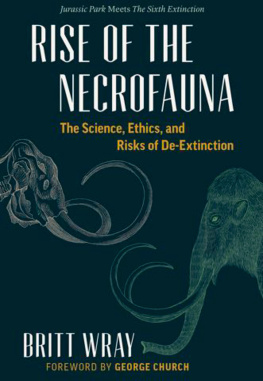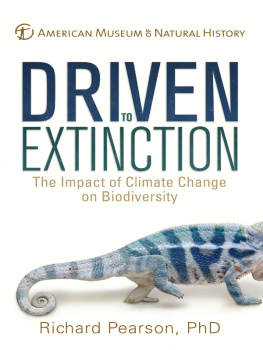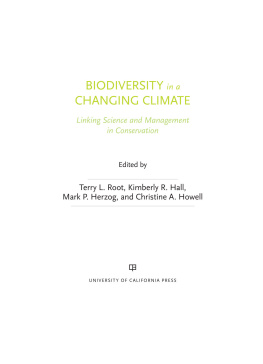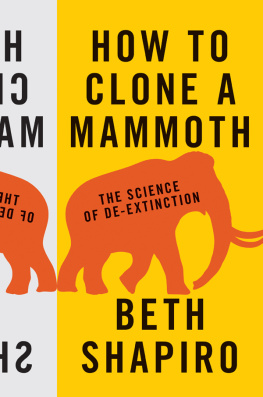Resurrection Science
Conservation, De-Extinction and the Precarious Future of Wild Things
M. R. OConnor

St. Martins Press
New York
Thank you for buying this St. Martins Press ebook.
To receive special offers, bonus content, and info on new releases and other great reads, sign up for our newsletters.

Or visit us online at us.macmillan.com/newslettersignup
For email updates on the author, click here.
The author and publisher have provided this e-book to you for your personal use only. You may not make this e-book publicly available in any way. Copyright infringement is against the law. If you believe the copy of this e-book you are reading infringes on the authors copyright, please notify the publisher at: us.macmillanusa.com/piracy .
For Joaqun, a wild one
Extinction is truly forever; once a group dies out, the hundred thousand unpredictable stages that led to its origin will never be repeated in precisely the same way.
Stephen J. Gould, An Urchin in the Storm (W. W. Norton)
One morphologically normal bucardo female was obtained by caesarean section. The newborn died some minutes after birth due to physical defects in lungs. Nuclear DNA confirmed that the clone was genetically identical to the bucardos donor cells.
First birth of an animal from an extinct subspecies (Capra pyrenaica pyrenaica) by cloning. Theriogenology , January 23, 2009
INTRODUCTION
of blurry, yellow frogs climbing over green moss. I wanted to get a closer look but the room was off-limits: the only people allowed inside were the herpetologists responsible for the frogs care, and even they had to disinfect the bottom of their shoes with bleach. The frogs inside this bio-secure room were incredibly rare, one of two populations left in the world, both in captivity. The waterfall where they had come from in the Tanzanian rainforest was now the site of a hydroelectric dam, and the species was confined to these terrariums, painstakingly kept hydrated with an artificial misting system and fed specially bred insects. It was like peering into a hospital ward at a patient on life support.
been to write comprehensively about the field of conservation; instead Ive focused on dramatic cases of animals that are on the precipice of dying out or have already vanished. The extreme nature of these stories crystalizes the questions at the heart of our evolving morals and relationship to the natural world. How can humans coexist with species in the modern world when our existence and their survival so often appear pitted against one another? What should we preserve of wilderness as we head toward a future of incredible technological control over biology? Is nature here to serve our interests, or is its independence worthy of protection? I discovered that contrary to a common perception that much of biology has been explained, scientists are making new and incredible discoveries today that give us a glimpse into the complex relationship between genes, ecology, and evolution. And at a time of rapid environmental change on earthas industrialization, globalization, and human sprawl go uncheckedthese discoveries are much more than intellectual marvels; they present clues as to how we might prevent snuffing out the existence of other species.
are conservation biologists, people who dedicate their professional lives to saving species.
the discrepancy was in part due to flawed math. The common formula used to estimate species loss as it relates to habitat destruction can inflate extinction rates by as much as 160 percent. When He and Hubbell published their findings in 2011 in Nature, it was tricky news to deliver and created much controversy.
average, vertebrate species populations have shrunk by half since 1990. Anthropogenic global warming has exacerbated the problem of disappearing habitat and shrinking abundance. Few landscapes around the world remain untouched by climate change today. And as they have for millennia, changes in climate are acting as selective pressures on species. For those animals that cant withstand changes to their environments, migrate or adapt fast enough, their survival often depends on human intervention. An estimated 4,000 to 6,000 vertebrate species will need captive breeding over the next 200 years in order to mitigate extinction threats. Faced with these emergencies, the urgency to do something to save these species seems like a good ethical argument for action. But what actions we take have enormous consequences for the evolution of species.
Kinnison described it this way to me: Early on, the goal was to save the organisms from the environment. Bring them into captivity, and if you treated them nicely and not too biased in how you bred them, it wont be an issue. Now there is much more of an understanding that organisms will adapt to those environments. In the process of trying to save them, we change them. The irony of this age is that often the more we intervene to save species, the less wild and autonomous they become.
back mammoths. These attempts to repopulate the modern landscape with extinct fauna rest on an intriguing ethical argument: that humans have a moral responsibility to make amends for overexploitation by our ancient and recent ancestors.
a cage, Rocky McBride, someone who has tracked the panthers and other predator species for decades, told me.
Nectophrynoides asperginis
On a blazing hot afternoon, Kim Howell sat in his office at the University of Dar es Salaam, crammed with the detritus of forty years of biological research, and plucked a small glass jar from dozens of bottles balanced on a shelf.
This is it, he said. It really doesnt look like much.
Floating in the faintly amber liquid was a tiny frog. Brownish skin, pointy nose, it belied nothing significant in appearance. Howell, a kindly white-haired giant with Coke-bottle glasses, had other jars that looked more interestingfloating bats and snakes, each one the subject of his wide-ranging biological curiosity. But perhaps none was so precious as the tiny frog, a species listed on the Convention on International Trade in Endangered Species (CITES) most-restricted list, Appendix I, reserved for rare and critically threatened species of the world, such as rhinoceroses and tigers. He was the first person in the world to discover the tiny amphibian and gave the species its name, Nectophrynoides asperginis, inspired by the Latin aspergo, meaning spray.
It certainly wasnt the first species Howell discovered. I found new species of spider, tapeworm, Ive had stuff named after me, he said. Among them are a shrew and a subspecies of bird. What else? he wonders aloud, trying to reach back through the decades. A lizard. I think the bird is called a yellow streaked green bull. And then the lizard is called Lygodactylus kimhowelli. What is it like to discover a new species? I asked. It is exciting when you see something thats new. You dont want to say youre the first person to have seen it before, but nobody has ever described it or photographed it or bothered to say, Yes, this one is probably new. Nonetheless, he pointed out, the novelty can wear off. Its fairly normal for a biologist whos working with smaller animals to find new species. If you are an insect person you can find hundreds. Or mites or ticks. If you work on elephants and buffalo the chances are much smaller of course.
Howells office at the University of Dar es Salaam feels like a universe away from Pittsfield, Massachusetts, where he was born and raised. His ticket out of the small industrial town was an acceptance letter to Cornell University, where he paid for his degree in vertebrate zoology by working in the schools Laboratory of Natural Sound, preserving archival recordings of birdcalls collected in Africa during the early twentieth century. After four years, Howell wanted nothing more than to go to Africa himself, though the Vietnam War also played a role. As a conscientious objector, he needed an alternative service approved by the American government. In 1969 he chose a wild card option in the middle of nowhere Zambia where he taught science at a remote elementary school. At the end of that first year, he traveled north to Tanzania where he worked at a school for children of South Africas apartheid refugees before deciding to stay for good. Howell has lived in Tanzania ever since, raising a daughter with his wife and teaching at the university.
Next page


